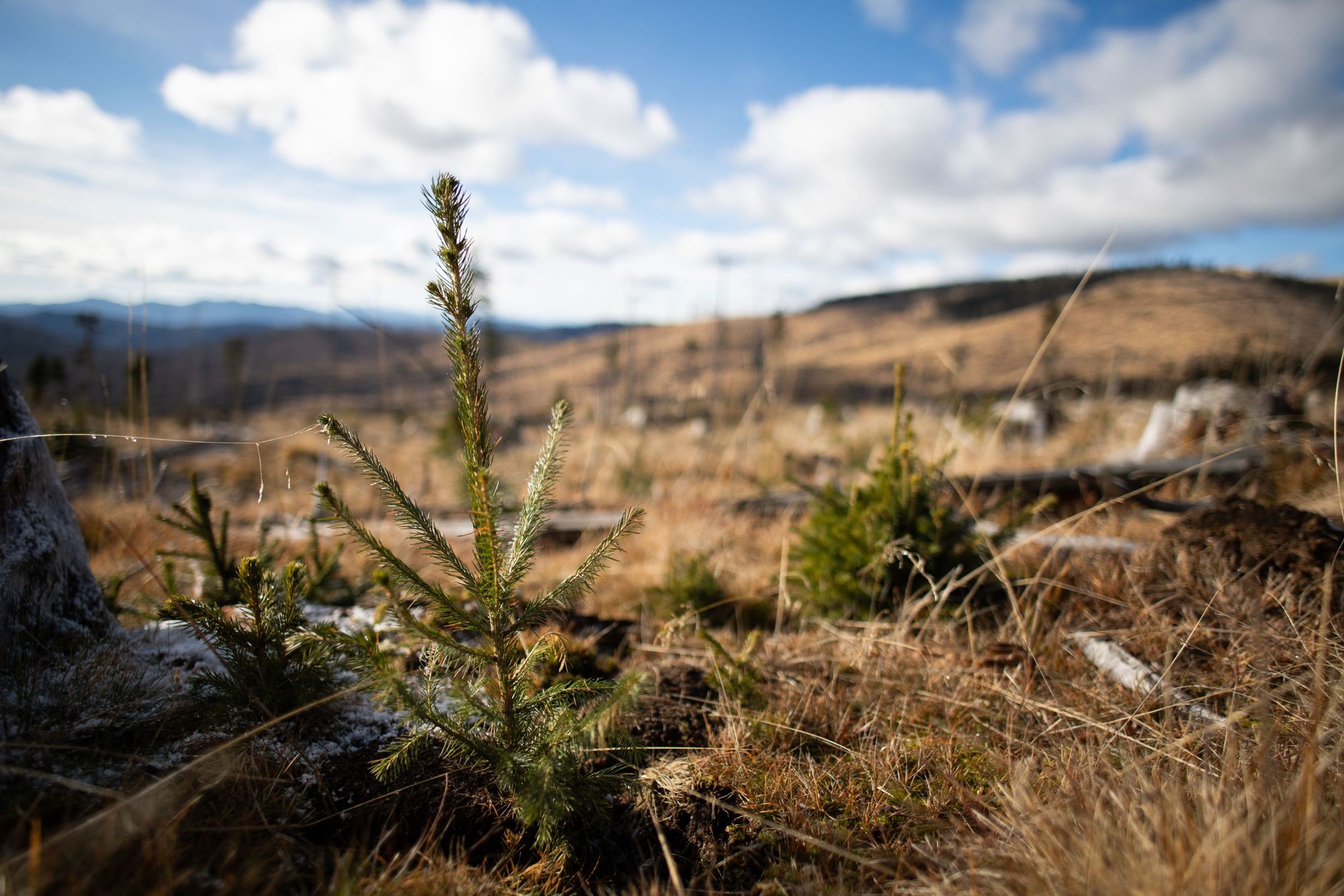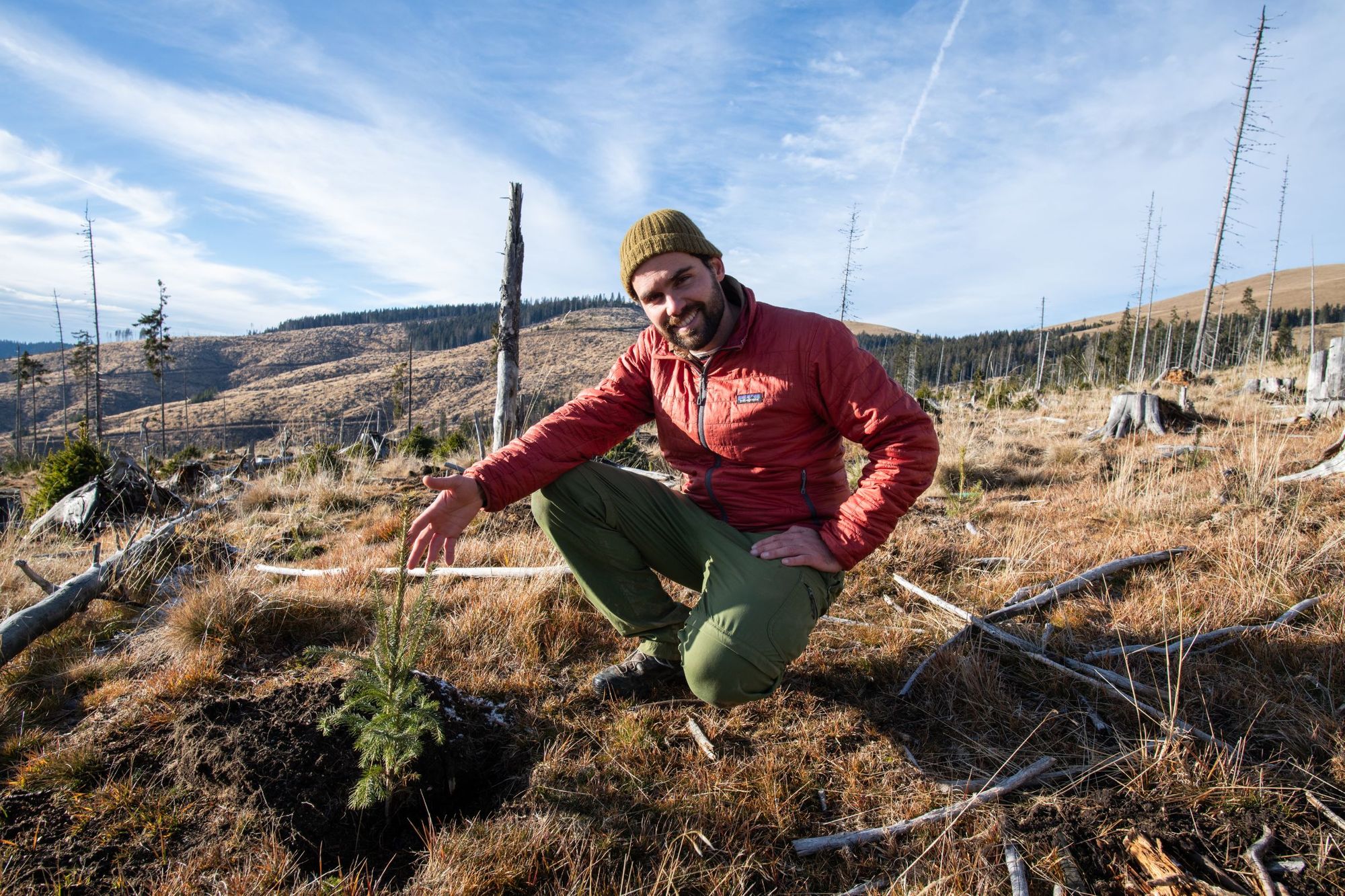
The Southern Carpathians of Romania are often described as one of Europe’s wildest landscapes. “It’s almost 2000km2 of continuous wilderness,” says Duarte de Zoeten, co-founder of the rewilding organisation Mossy Earth. “You don’t find that in most places in Europe. There are no cities breaking it up - so in some areas you have valleys and valleys without a single road. You have old growth forest, and the largest population of large carnivores anywhere in Europe - bears, wolves, lynx, you name it.”
Mossy Earth, together with Foundation Conservation Carpathia (FCC), is working to create and protect the wilderness here, which while richer than most, suffered at the hands of illegal logging in the 2000s.
There’s an overarching feeling that this place is a bit bigger than you…
The organisation, which was founded in 2017, began with a focus of reforestation, “but we quickly found that what we really wanted was to create wilderness and to create wild spaces,” says Duarte. Today their projects range from protecting lesser blind mole rats in Croatia to restoring wetlands in Slovakia to projects like this - restoring a fully-functioning ecosystem to the Southern Carpathians.
Stay alert as you walk these forests, and you'll see signs of the wildlife.
“The density that you get in the Carpathians means that you’ll see bear scat and wolf prints,” says Duarte. “In winter, you can track a lot of these animals in the snow. It really feels different when you walk around. There’s an overarching feeling that this place is a bit bigger than you; that it’s not been curated for you as a person. I think that’s how a real wild forest should feel.”
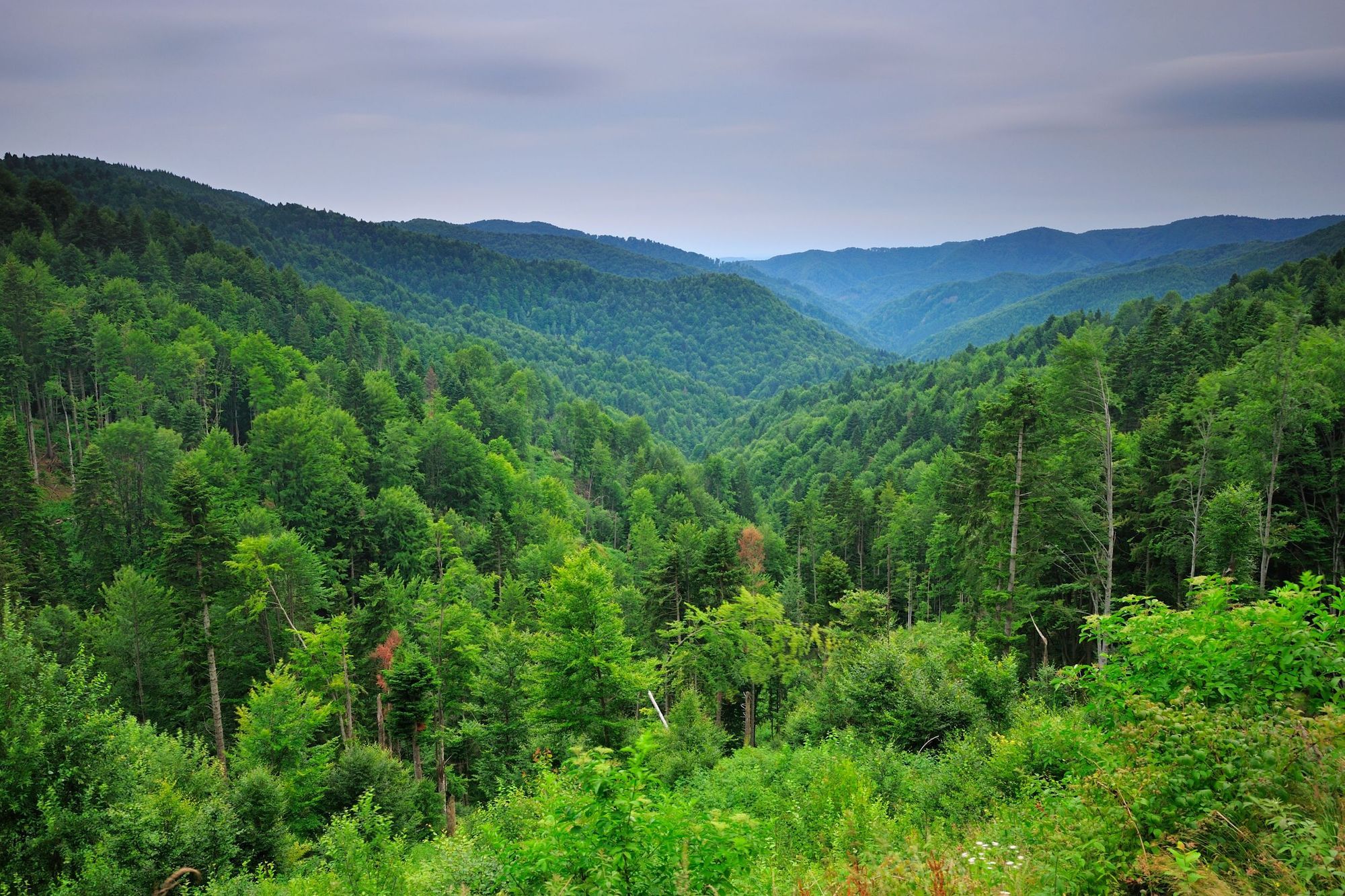
There are a plethora of reasons why the Southern Carpathians kept its rich biodiversity through the 21st century, while other European countries at the same latitude saw their nature die out. One reason is the topography. “It’s very vertical,” says Duarte. “A lot of our wilderness areas in Europe have survived around the mountains.” Another reason was the under development in Romania.
“It didn’t go the same way as the UK, where the Industrial Revolution cut away 99.9% of the remaining trees. It kept this agropastoralism in the mountains.”
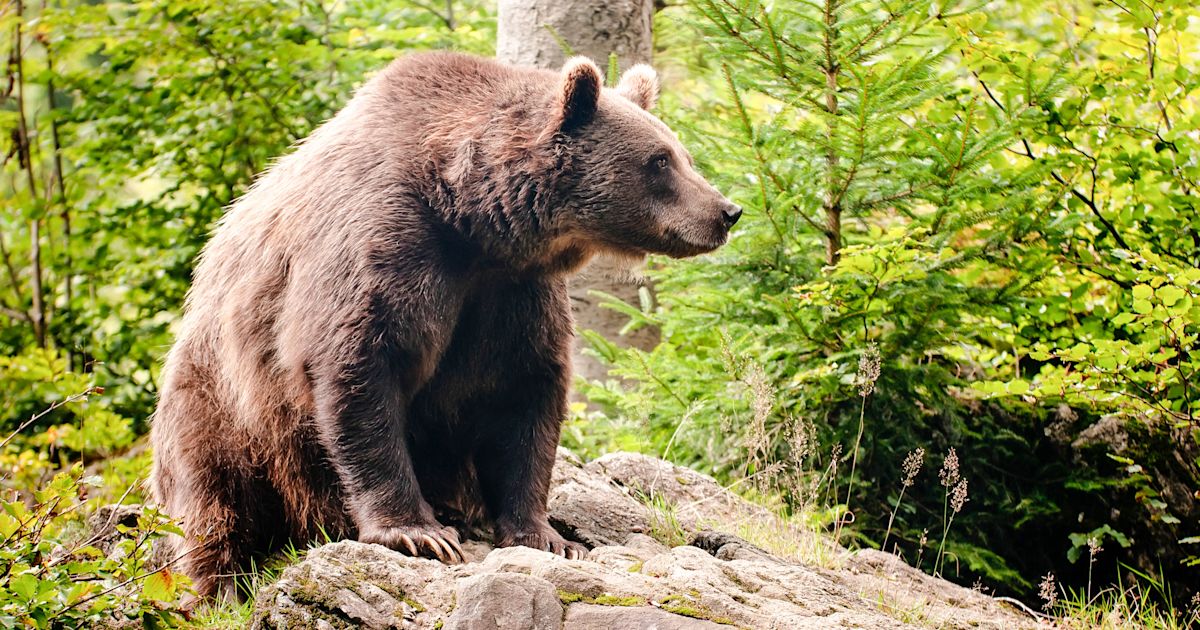
Then communism arrived in Romania and from 1967 the dictator Nicolae Ceaușescu, and his totalitarian government, ruled over the country. Secret police repressed the country, and mass surveillance became the norm. An accidental consequence of this period is that forests around Romania weren’t razed when they were in other places - largely because Ceaușescu was a keen hunter.
A bear repopulation programme was even introduced at one point, to increase Ceaușescu’s odds of hunting one.
“He loved to hunt bears, particularly in the Făgăraș Mountains [the highest range in the Southern Carpathians],” says Duarte. “The bears, and the forests, were protected. This is not a credit to him in any way, but as a byproduct, we have this lapsing of those years into the 21st century. In comparable places in Austria, and further west, that didn’t happen. There’s a mixture there - something between underdevelopment, strange rules and a bit of luck - that got it to that point.”
Ceaușescu’s rule ended in 1989 after the Romanian Revolution. He was captured by the military and after being tried and convicted of economic sabotage and genocide, was ultimately shot. Post-communism, those nationalised forests were returned to private owners - and pillaged.
“Logging companies, a lot of foreign ones, would go in and buy a lot of illegally-logged wood - and also legally-logged wood,” says Duarte. “People, rightfully, were entitled to cash out on their ownership of those forests. Some found it economically viable to sell to logging companies, who would come in, log and leave. That peaked in the early 2000s, and went into the 2010s as well.”
Bison trample around and help spread seeds, they break trees in areas of regrowth and create open areas which are really important for insects…
While the Southern Carpathians still hold a huge amount of biodiversity, vast swathes of forest were clear cut - leaving enormous gaps in the forest. It’s these patches that Mossy Earth, in collaboration with FCC, have been plugging. “These are big, gaping woods in the mountainside, huge, cleared areas in this otherwise pristine habitat, full of wildlife, losing soil super fast,” says Duarte. “The opportunity opened up to do a lot of planting.” Now, Carpathia has plugged what they could find and buy.
From a distance, these gaps are still notable, but nature is reaffirming its grip.
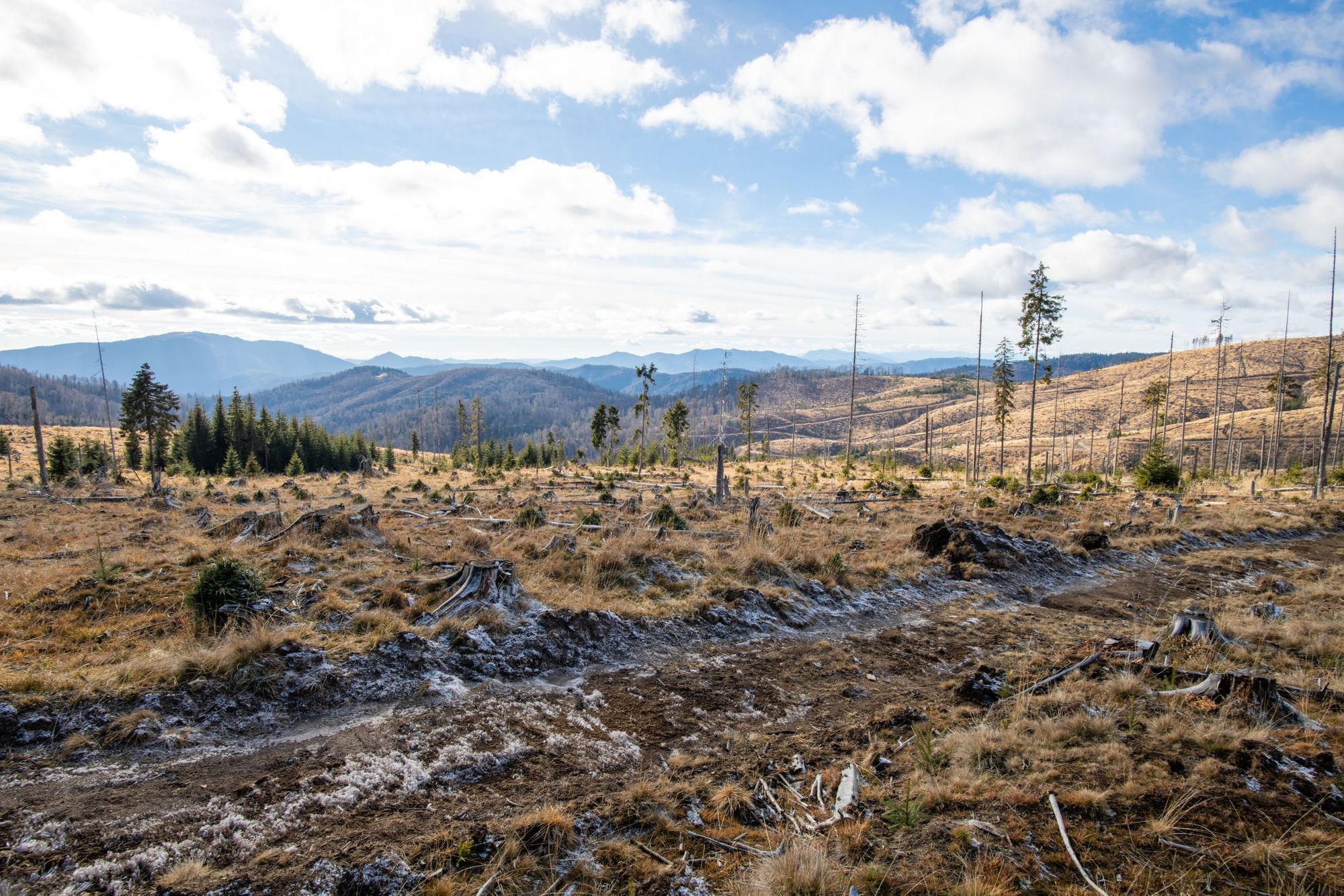
“The first few areas we’ve planted are around five years old, and now they block your path a bit more,” says Duarte. “The biggest thing about planting in these forests fast is to hold the soil, so we don’t lose potential for other species to come in - and I think that’s been achieved. Bears love to hunt in region too, and a lot of animals like to hide there during the day. There's a feeling of nature taking over. Give it a decade and you’ll start really noticing it.”
The operation works on the ground, with local communities, to restore nature.
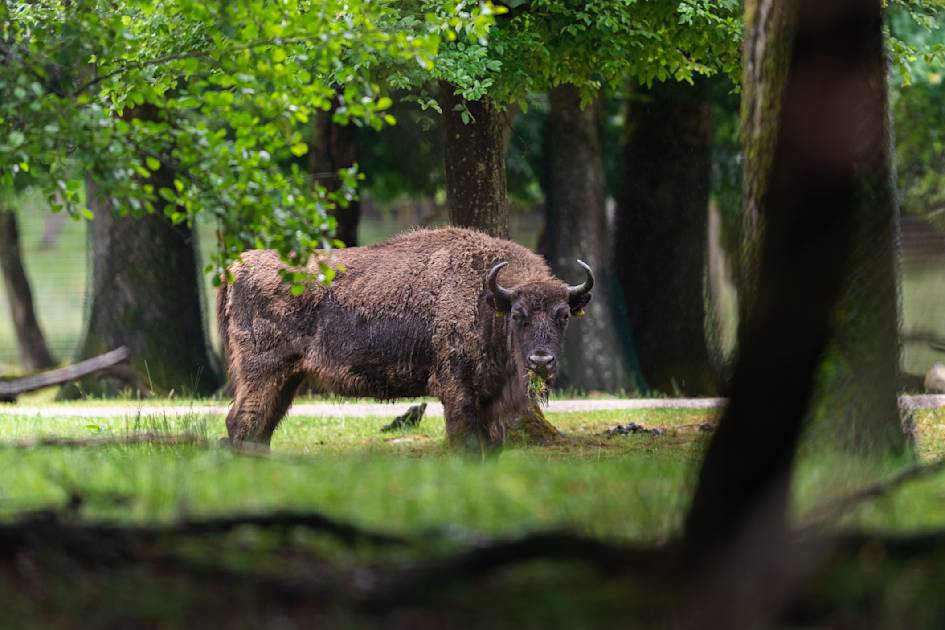
“FCC have done a great job in realising they need to be grass-roots,” says Duarte. “They need to be solving problems for these communities, whether that's managing problem bears (and putting them back, further up in the mountains) or offering anyone who needs an electric fence an electric fence. These are the kind of problems you have when there is thriving wilderness - and if you're responsible for helping improve that wilderness, you're also responsible for helping deal with the consequences.”
FCC's work in the Carpathians has now gone beyond reforestation. They also worked to reintroduce bison into the area. A range of around 2000km2 gives even the most ambitious bull more than enough area to roam.
“It’s a really obvious introduction, because bison used to live here, and it’s a big wild area with a low level of potential for human conflict,” says Duarte.
Unfortunately, getting rid of species and destroying things is a fast process - and bringing them back is not…
They're also ecosystem engineers. “They'll trample around and help spread seeds, they break trees in areas of regrowth and create open areas which are really important for insects. So they're one of those keystone species - an ultimate example of a lever that you can pull to unlock a lot of gains when it comes to biodiversity. The calves are preyed upon by wolves and bears, and when they die they're another carcass which is important for the ecosystem.”
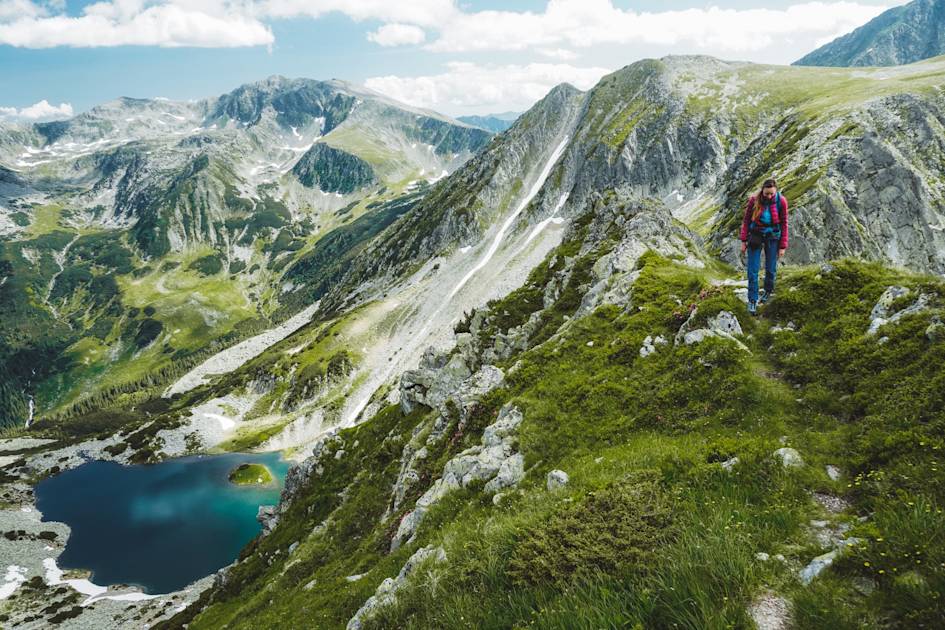
The bison are radio-tagged, with a signal being sent to rangers once a day which allows them to analyse their movement and preempt any problems with the local communities - where the bison could knock over a fruit tree or damage a fence.
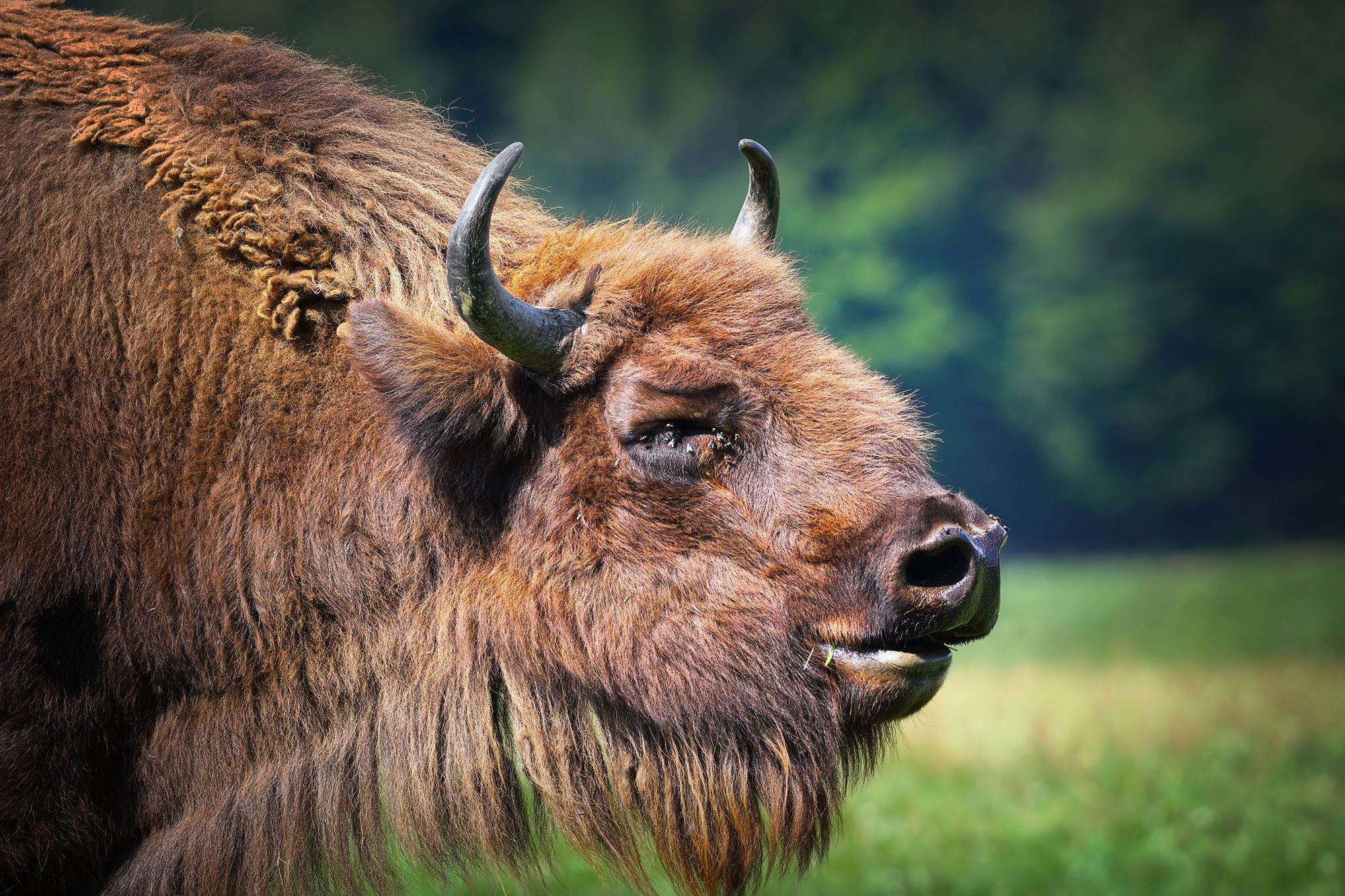
The bison have been a success here, building on the numbers released in another part of the range by Rewilding Europe in 2014 - a release which saw unexpected benefits, like local frogs using the bison’s deep footprints as stepping stones through the landscape, and birds picking up the fur of bison for use in their nests. The project also created a nature-based economy in the town of Armeniș, where nature-related tourism has brought in economic opportunity.
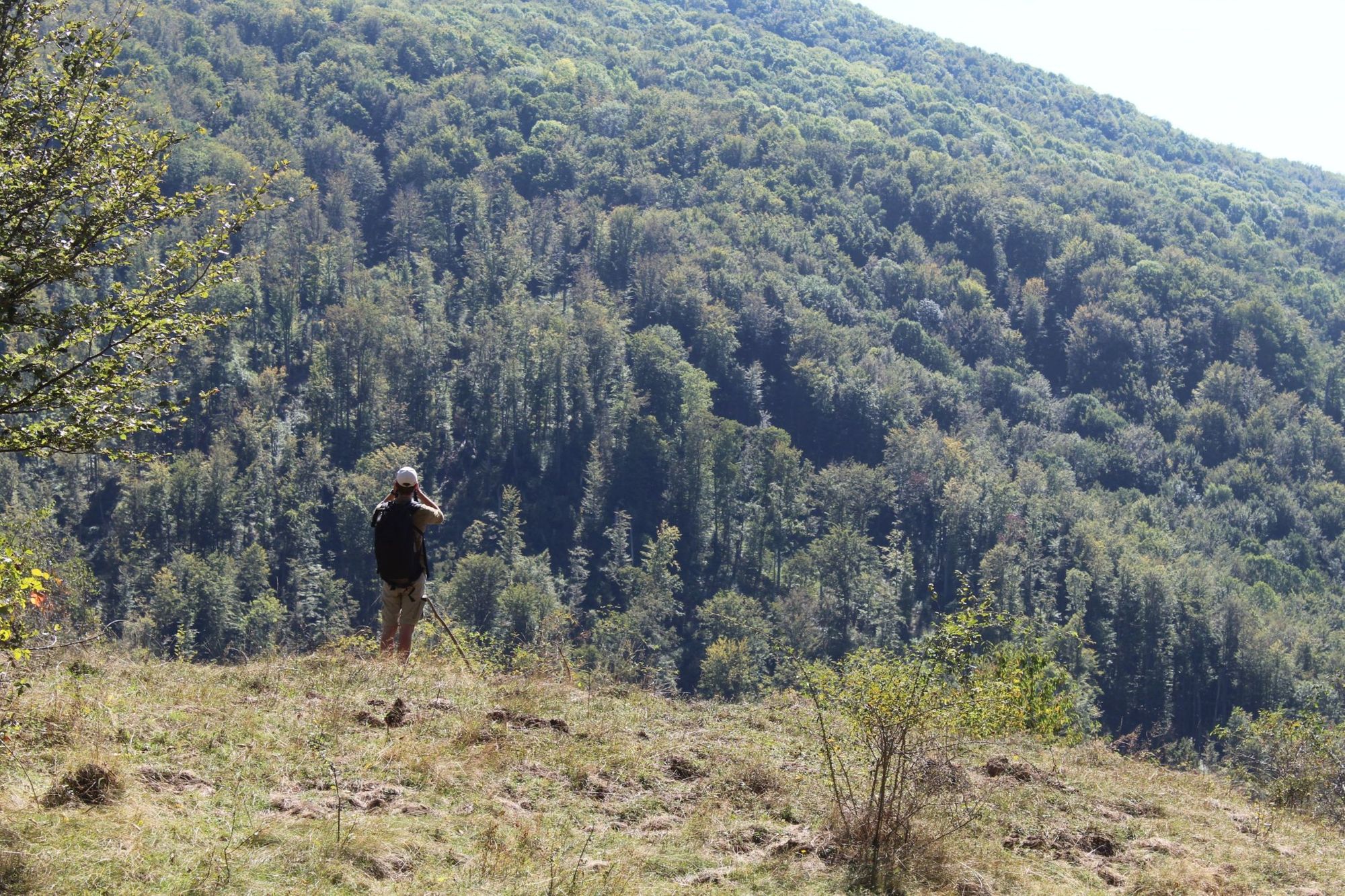
“I would be curious to see bigger projects with bison in the west,” Duarte says. "Broadly speaking, I feel like the more west you go, the more controversial you get. The UK is one of the most complicated places - where the lynx causes controversy. It's a super common animal in many other European countries.
"I would say that above all, for any correct reintroduction, the main thing is to build a really good foundation, and that begins by doing feasibility studies to understand how people will think, react and work out economic outcomes."
In Europe, my gut feeling is that we're winning. Things are getting wilder...
Of course, some species are easier to reintroduce than others.
“It varies a lot between reintroducing some red kites or snails versus reintroducing bison, bears or wolves," Duarte says. "Big animals and carnivores cause a bit more controversy. Unfortunately, getting rid of species and destroying things is a fast process - and bringing them back is not.
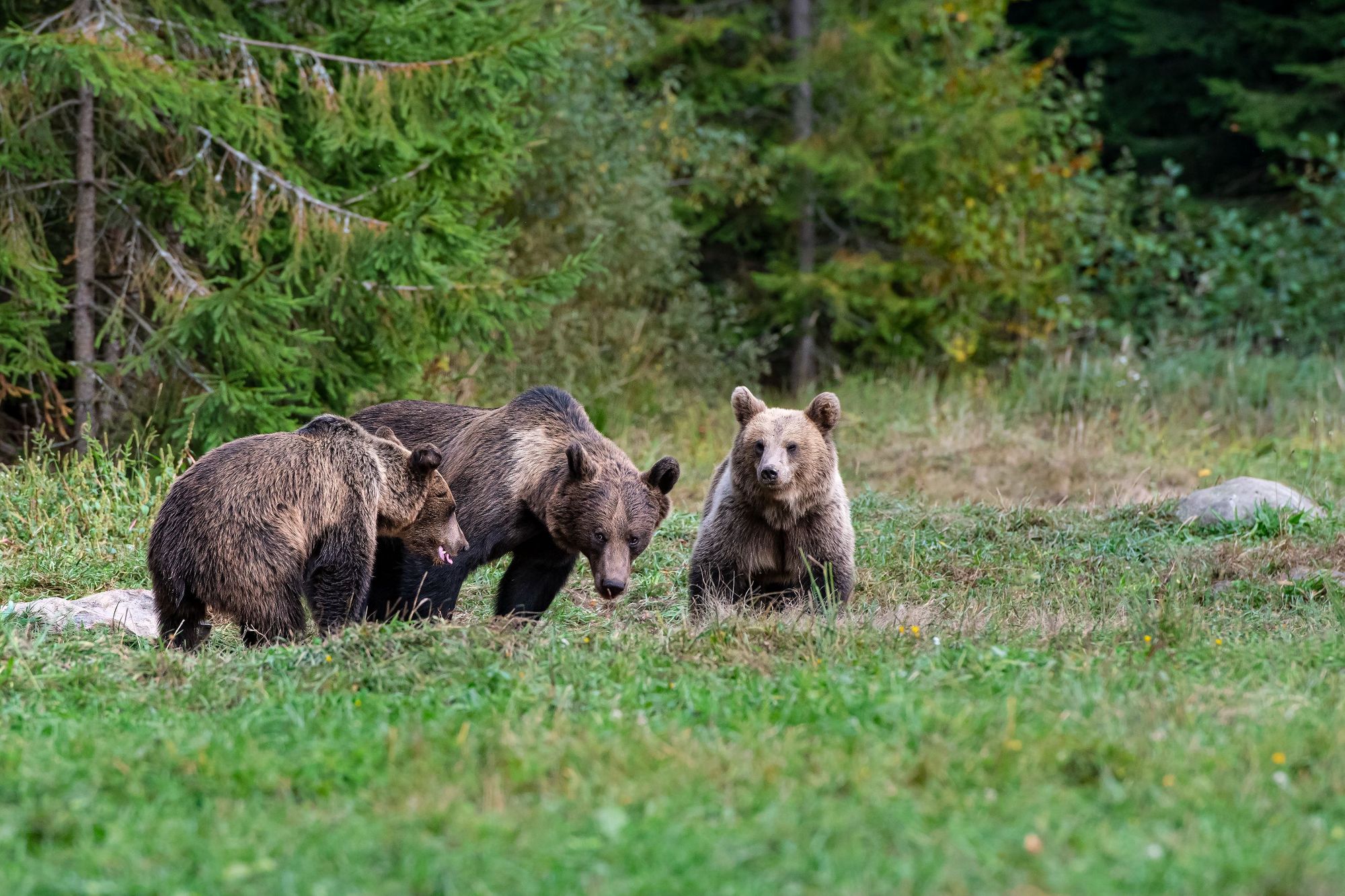
“In Europe, my gut feeling is that we're winning. Things are getting wilder - whether it be ibex, lynx, bears, wolves, they’re coming back. But that's because there wasn't much left. The worst point for many of these species was in the early 20th century. It all got so destroyed.”
But in a world where biodiversity is dwindling, it’s important to celebrate wins.
“I remember having this anxiety about things going wrong, and I still do when I see these wonderful ecosystems disappearing fast. This is happening in a lot of places. For me it's about framing the problem in a positive way and trying to tackle things and get some wins. We talk about the problems and explain the lobbying and negatives, but ultimately, we should also know when we've had a win - and let that put some wind in our sails, so we can unlock a few more.”
On the hills of the Carpathians, bears and wolves walk through regenerating forests - and bison graze, knocking down fast-growing trees, allowing the slower ones to thrive, and contributing to one of Europe's finest mosaic landscapes.
Inspired? Check out our rewilding adventure in Romania's Tarcu mountains!
Much Better Adventures partners with Foundation Conservation Carpathia and Mossy Earth as part of our commitment to channel 5% of our revenues into conservation, reforestation and rewilding projects.

